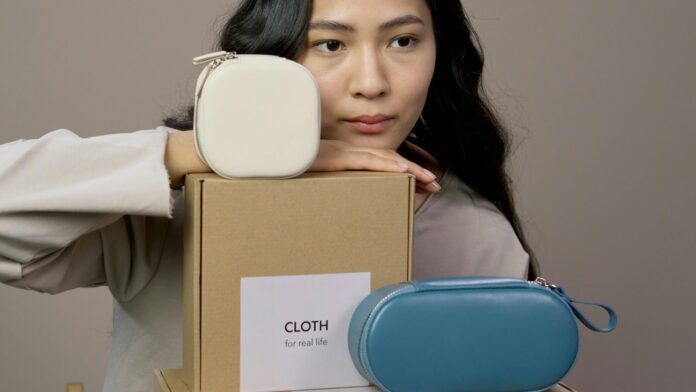Frontpage Journal | Business Insights
In an era where brand communication moves at the speed of a swipe, the face you choose to represent your product can be as important as the product itself. Behind the glossy magazine covers, social media campaigns, and billboard smiles lies a discipline that blends psychology, sociology, and marketing science. Selecting the right model is no longer a matter of “who looks good in front of the camera”, it’s about who embodies your brand’s values, resonates with your audience’s aspirations, and bridges the gap between your product and their lifestyle.
At its core, a model functions as more than just a visual element. They become a symbol, an emotional trigger, and a vessel for your brand’s story. The right choice can amplify market presence and create deep consumer connections. The wrong one can create a jarring mismatch, weakening credibility and eroding trust.
The Data-Driven Process of Selection
Modern brand strategists begin by mapping the demographics and psychographics of their target market. This goes beyond age and income to include lifestyle preferences, cultural values, purchase behaviour, and even the media channels consumers trust most. By overlaying this data with a brand’s unique selling proposition, marketers can identify the traits, both physical and personality-driven, that will harmonise with their audience.
Neuroscience research supports this approach. Studies show that consumers make subconscious judgments about trustworthiness and relatability within milliseconds of seeing a face. If a model’s appearance, style, and energy are aligned with a brand’s identity, the result is a seamless cognitive link between viewer and product. If they’re not, the brain perceives a disconnect, weakening engagement.
Professional Versus Amateur: The Trade-Offs
The decision to use a professional model or an amateur with a “real person” appeal is both creative and economic. Professional models bring polish, adaptability, and the ability to deliver consistent results across mediums, a valuable asset in today’s fast-changing content cycles. Yet they come at a cost, and their sophistication can sometimes feel out of step with a brand that wants to reflect everyday authenticity.
Amateur models, by contrast, can offer a raw relatability that speaks to certain segments, especially in campaigns aimed at younger audiences or niche markets. Social media influencers, for example, occupy a space in between, they have professional reach but retain a conversational connection with their followers. The decision often comes down to brand tone, target audience, and budget.
The Psychology of Fit
Choosing the right model is a process that demands alignment between visual presentation and brand message. A luxury brand may need someone whose poise and elegance suggest aspiration, while an eco-conscious label may benefit from a model whose lifestyle and online presence already align with sustainable values. The science here is behavioural: consumers are more likely to accept brand messaging when it comes from a source they perceive as consistent and credible.
Finalising the Collaboration
Once a shortlist is created, the final decision requires more than an aesthetic eye. Clear agreements on usage rights, exclusivity, and campaign expectations protect the brand and ensure consistency across platforms. In global and multicultural markets, cultural sensitivity is also vital, a model who resonates in one region may not in another.
When done right, the selection of a model is not just a creative choice but a strategic one, rooted in research, psychology, and brand science. It is about building an authentic bridge between product and person, one that the audience crosses not just with their eyes, but with their trust.




